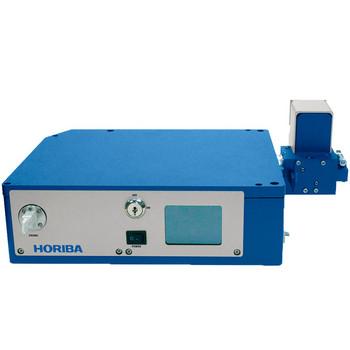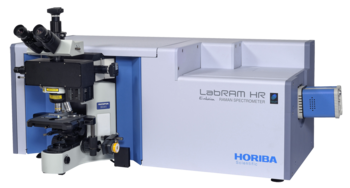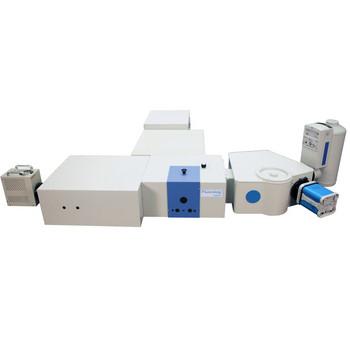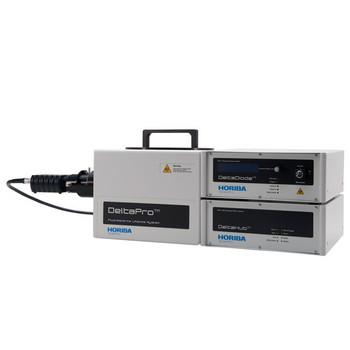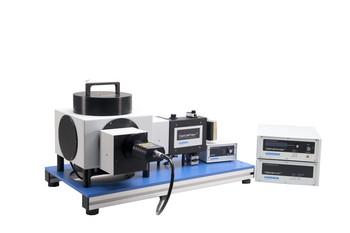Bring the microscope to your spectrometer with the MicOS microscope optical spectrometer. The microscope head is fully integrated, flexible, and cost effective. The perfect instrument for photoluminescence measurements, the MicOS incorporates multi-wavelength excitation for various materials.
Custom Macro/Micro PL System
Take advantage of HORIBA’s full catalogue of spectrometers and sample compartments to create a custom system that allows for both macro- and micro-photoluminescence measurements in the same system! The flexibility of our imaging spectrometers allows for two independent setups on a single spectrometer.
Custom Cryogenic Macro-PL System
Create a custom macro-photoluminescence system incorporating HORIBA components. A 325 nm laser is free-space coupled to a sample compartment with incorporated cryostat. The iHR320 imaging spectrometer and Syncerity CCD are used for detection.
Cryogenic Microscope Photoluminescence System
The MicOS microscope optical spectrometer used in conjunction with compatible cryostat sample handling provides a means for measuring microscopic samples at a variety of temperatures. When samples are cooled, structural details may emerge from broad spectra at ambient temperatures. It can be used to determine defects and impurities in semiconductor materials as well as bandgaps.
Time Resolved Photoluminescence System
Record time-resolved photoluminescence spectra with HORIBA’s line of optical components and TCSPC accessories. Lifetimes down to 25 ps can be measured with our DeltaDiode sources, PPD detectors, and DeltaHub electronics.


